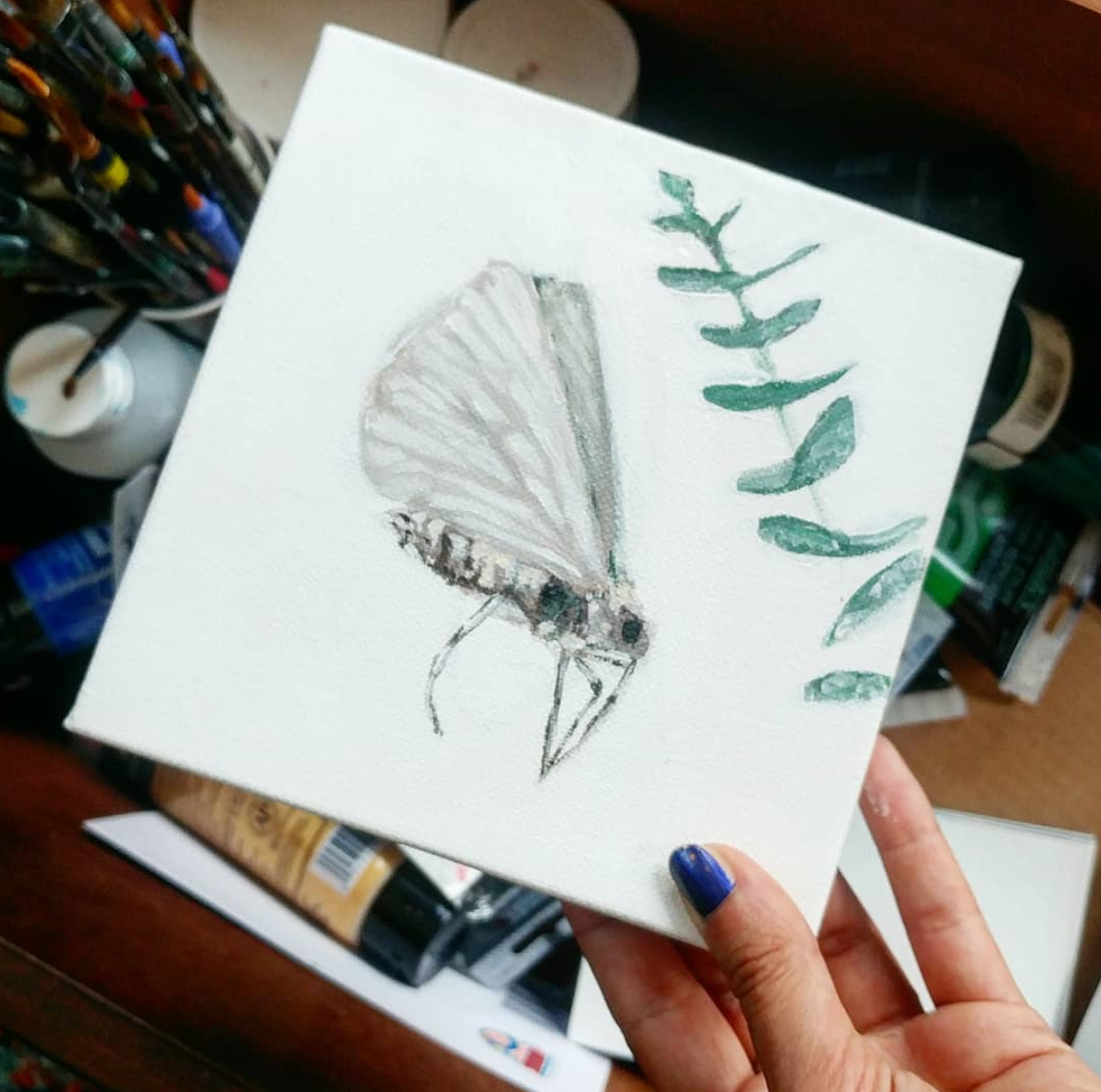Genes
Humans are complex, right? Yet we don’t have substantially more genes than other animals. While we have ~21,000 genes, mice have ~23,000, and thale cress (or mustard plants) have ~27,000 genes. While we can make a compelling argument that mammals are more complex than plants with our brains, our organs, hormones, mobility, and social interactions, it’s interesting that plants have more genes than us.
The reason animals have a smaller gene count while having vastly more tissue types and therefore protein types is because of alternative splicing. Alternative splicing is a mechanisms for a gene to be arranged differently to make slightly altered proteins from the same gene (the genes themselves do not rearrange, it’s the output that gets jumbled around). The prevalence of this mechanism can be inferred by looking at intron counts (genes that aren’t coded into proteins): humans have 207,000 introns, mice have 178,000, and thale cress has 114,000. This difference might not be much, but protein types that are made basically exponentially increases with the number of introns!

Fruit Flies
While humans have a very complicated brain relative to many organisms, insects are sometimes used to understand our brains. There are many different kind of flies, like these large ones (blow flies) that you see here, but also fruit flies, sand flies, and more! These insects actually have taste buds on their feet! This helps them determine what to eat and lay their eggs. Flies (fruit flies) are actually a really commonly used in neuroscience (to study other aspects of behavior). There are many transgenic lines (flies with altered genomes for studying a specific gene), unlike most animals. Additionally, their small size and fast life cycle lets you go through large experiments fast and relatively cheaply. Thus many complete circuits for specific behaviors have been mapped out (mainly reflexive behaviors from visual input to motor outputs). But why do we care about the fly nervous systems? Because they’re thought to be simplified versions of our brain… and our brains are very very very complex so any simplification helps.


Invisible mental struggles
When raising awareness for a given topic, misinformation spreads. Here, I list some “invisible” mental disorders because their struggles don’t fit the stereotype of that disorder and their difficulties are underestimated.
-a panic attack (even phobias) may be physical without an emotional fear component (termed “non-fearful panic disorder” or NFPD).
-there are a couple of definitions of schizophrenia so it also includes people suffering symptoms similar to depression. These people do not hallucinate nor suffer from paranoia. (Also, people with schizophrenia are not so likely to harm others.)
-people suffering from alcohol dependence do not blackout from drinking every night.
-people struggling with depression can still laugh and smile.
-people can’t just “wake up” from their paranoia, anxiety, depression or many other problems.
In short, mental illnesses can take all sorts of forms and it’s hard to know what another person may be going though. So be nice and understanding of others.

Originally posted on Instagram September 9-3, 2018 (3 posts).

No Responses